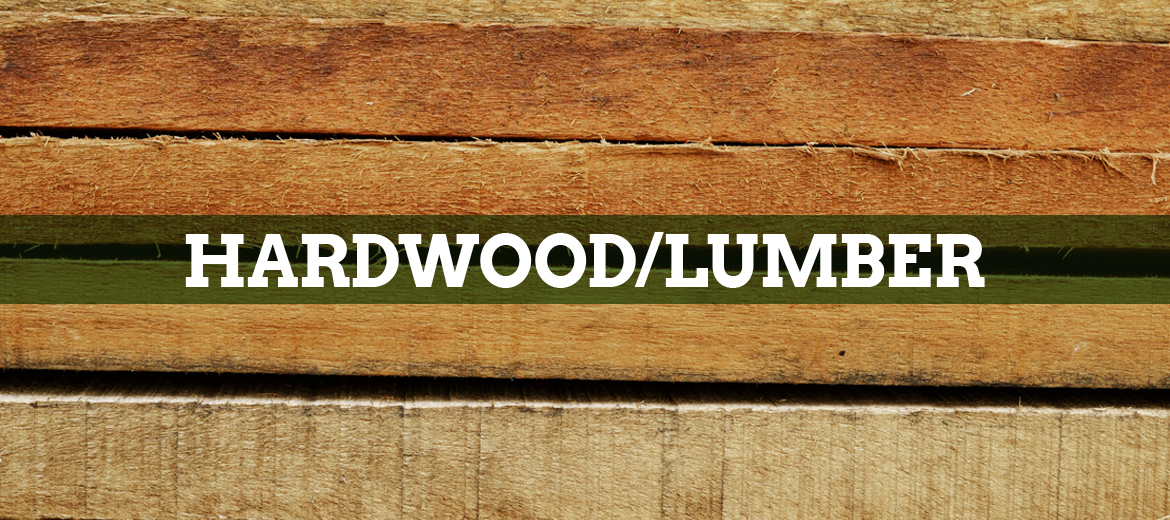
Botanical Name
Chlorophora Excelsa
Other Common Names
African Teak, Abang, Kambala, Mereira, Odoum, Oroko, Semli.
Region
Extends across the entire width of tropical Africa.
The Tree
May reach a height of 160 ft, bole straight, cylindrical and clear to 80 ft, small buttresses sometimes present.
Appearance
Heartwood varies from a pale yellowish brown to dark chocolate brown with lighter markings most conspicuous on flat-sawn surfaces; sapwood yellowish white, clearly demarcated.
Properties
Texture medium to coarse; grain typically interlocked, sometimes irregular; slightly greasy feel; without odor; wet sawdust may cause dermatitis; occasional large "stone" deposits of calcium carbonate.
Working Properties
Works fairly easily with hand or machine tools but with some tearing of interlocked grain; occasional deposits of calcium carbonate severely damage cutting edges; good nailing and gluing characteristics; moderate steam-bending properties; may cause dermatitis in working wet wood.
Uses
Suggested as a teak substitute. Joinery, boatbuilding, piling and marine work, domestic flooring, furniture, veneer, railroad crossties, cabinetwork, shop fittings.
Availability
Given the high prices of genuine Teak, Iroko could be considered a low-cost alternative. Iroko is occasionally imported and available for a moderate price.